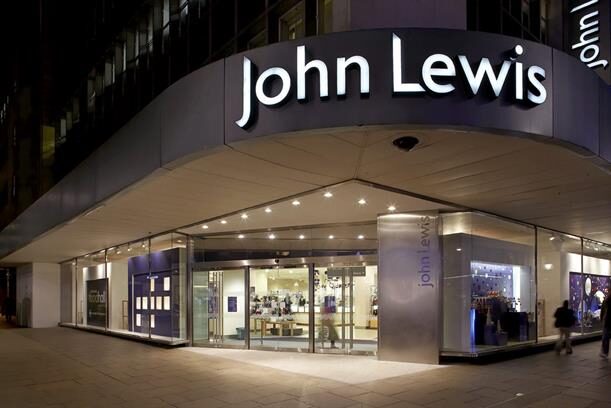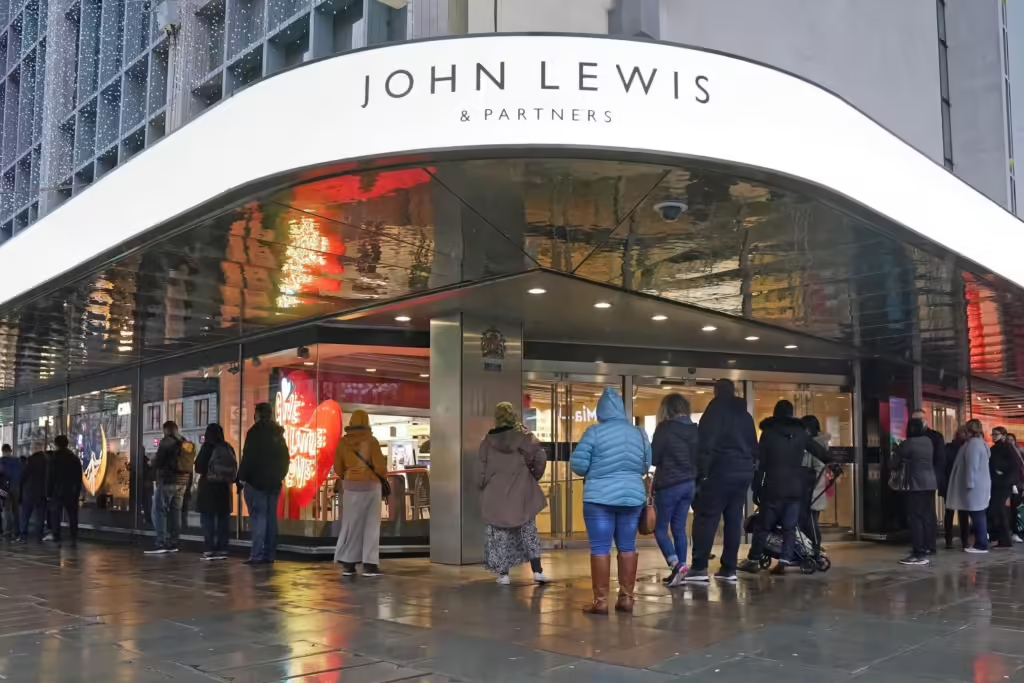
In general, there were fewer people shopping at John Lewis, but there was an increase in sales in particular areas of the business. Waitrose, on the other hand, continued to exhibit a growth in the number of customers while simultaneously maintaining record levels of product availability.
Although shops are seeing a fall in sales as a result of the growing cost of living, the high-end department store firm John Lewis is on track to gain tens of millions of pounds more in profits. This is despite the fact that shops are experiencing a recession.
The employee-owned John Lewis Partnership (JLP), which is in charge of the Waitrose and John Lewis stores, reported a deficit for the first half of the year. The JLP recorded this loss. A consequence of a decline in sales, this loss occurred. It is at the same time that the profit forecast is presented.
Despite reporting a deficit of thirty million pounds for the six months that ended on July 27th, the corporation stated that it was on track to achieve “significantly higher profits” than it did the previous year.
The partnership has projected profits that are 42 million pounds higher than they were the previous year, which would bring them to just under 100 million pounds. This is due to the fact that the loss is around half of what it was a year before. The optimism has been bolstered as a result of this.
This is due to JLP’s assertion that the second half of the year sees the majority of income creation. This is the reason for this.
Over the course of the previous year, the employees of the partnership had not been awarded a bonus, marking the third time in the history of the organisation that this had occurred.
A “challenging market” led to a fall in sales of three percent at John Lewis, whereas Waitrose was able to attract more customers, which resulted in a five percent increase in sales at the supermarket.

JLP announced that it had achieved “record availability” and had experienced customer growth for ten consecutive quarters. Both of these factors contributed to an increase in the number of items that were available than at any previous period in the company’s complete history.
The JLP said that its market share climbed during a period in which grocery inflation remained primarily greater than that rate. This occurred during a period in which prices increased by slightly more than two percent than the previous pace.
The partnership resulted in the acquisition of 500,000 new members, bringing the total number of customers to 23.1 million when all of the subscribers were added together. During the time that JLP was reporting that their efforts in business transformation were successful, the company’s overall sales climbed by 2%.
On the other hand, despite the fact that fewer people were purchasing beauty goods at John Lewis department stores, the sales of beauty products “significantly outperformed” the previous year.
As a result of “unseasonable weather” and a reduction in the amount of discretionary expenditure that was available, the number of people who purchased apparel decreased, as indicated by the findings.
In addition to this, there was a decline in the market for expensive commodities as well as items that were intended for residences.
Mobile phones, smart wearable technologies, and kitchen appliances were some of the things that fared very well in the market.